
Packrafting: Paddling Remote Locations
12/13/2021 - by Luc Mehl
In this article, guest author and experienced backcountry paddler Luc Mehl offers insights into planning for remote whitewater adventures with a special emphasis on packrafting. Whether a hiker jumping into a packraft to get from Point A to Point B, or an experienced paddler wanting some backcountry tips, this article is excellent food for thought - and action.
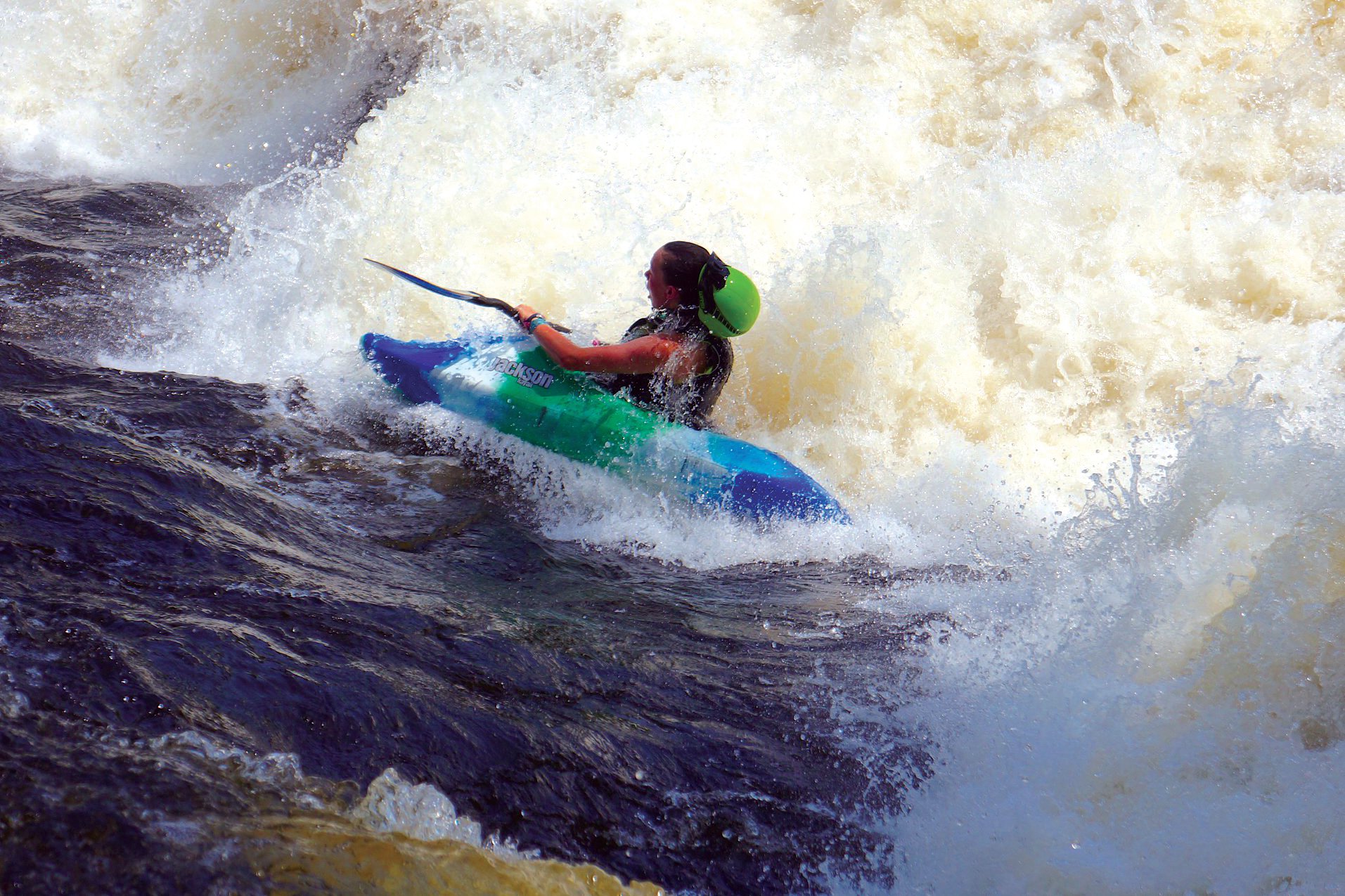
Thirteen River Rookie Mistakes to Avoid
09/16/2021 - by Teresa Gryder
Safety Editors Note. Teresa Gryder is a former river guide and a whitewater paddler with decades of experience. For the past few years, she's been writing and creating safety-focused events for the Lower Columbia Canoe Club. Her work is so impressive that I invited her to share her ideas in a regular column for the American Whitewater Journal. Welcome, Teresa; AW readers, enjoy. You are in for a treat!
-Charlie Walbridge, AW Safety Editor
When you’re good at something you can look at a new participant and know if they have a clue—or not. When you ARE that new participant, especially in whitewater boating, you need all the help you can get. So to keep your rookie status out of the spotlight, here’s a list. Everybody makes these mistakes sometimes, but guard against them. Mistakes don’t make you a bad person. They just mean you should slow down and get more systematic about your approach.
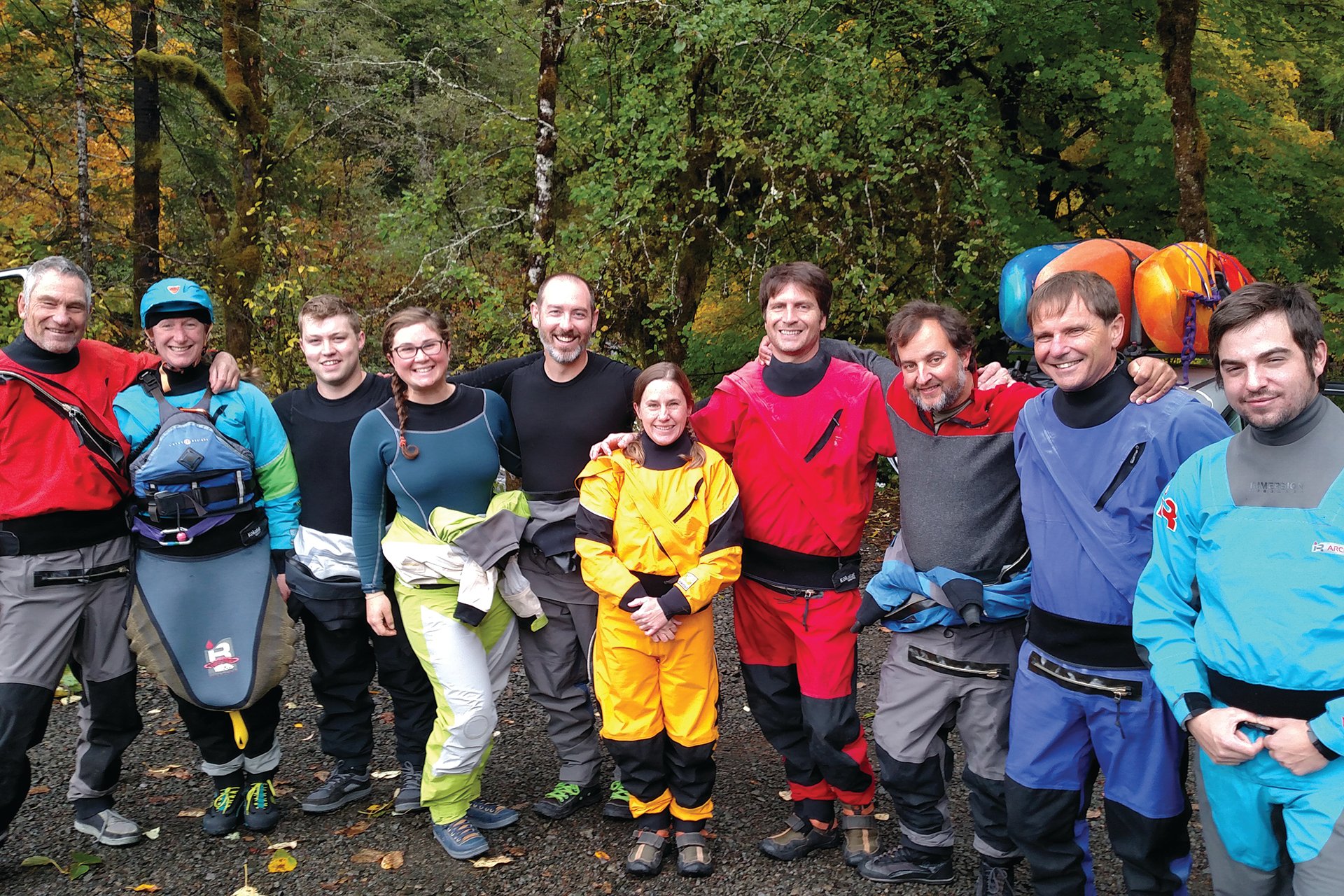
Safety Talk – The Human Factor
09/16/2021 - by Teresa Gryder
Safety Editors Note. Teresa Gryder is a former river guide and a whitewater paddler with decades of experience. For the past few years, she's been writing and creating safety-focused events for the Lower Columbia Canoe Club. Her work is so impressive that I invited her to share her ideas in a regular column for the American Whitewater Journal. Welcome, Teresa; AW readers, enjoy. You are in for a treat!
-Charlie Walbridge, AW Safety Editor
This column is about river safety. The topic that has captured my interest lately is how we make decisions. Humans are more intuitive and less rational than we like to admit. We make default “decisions” all the time without even knowing it.
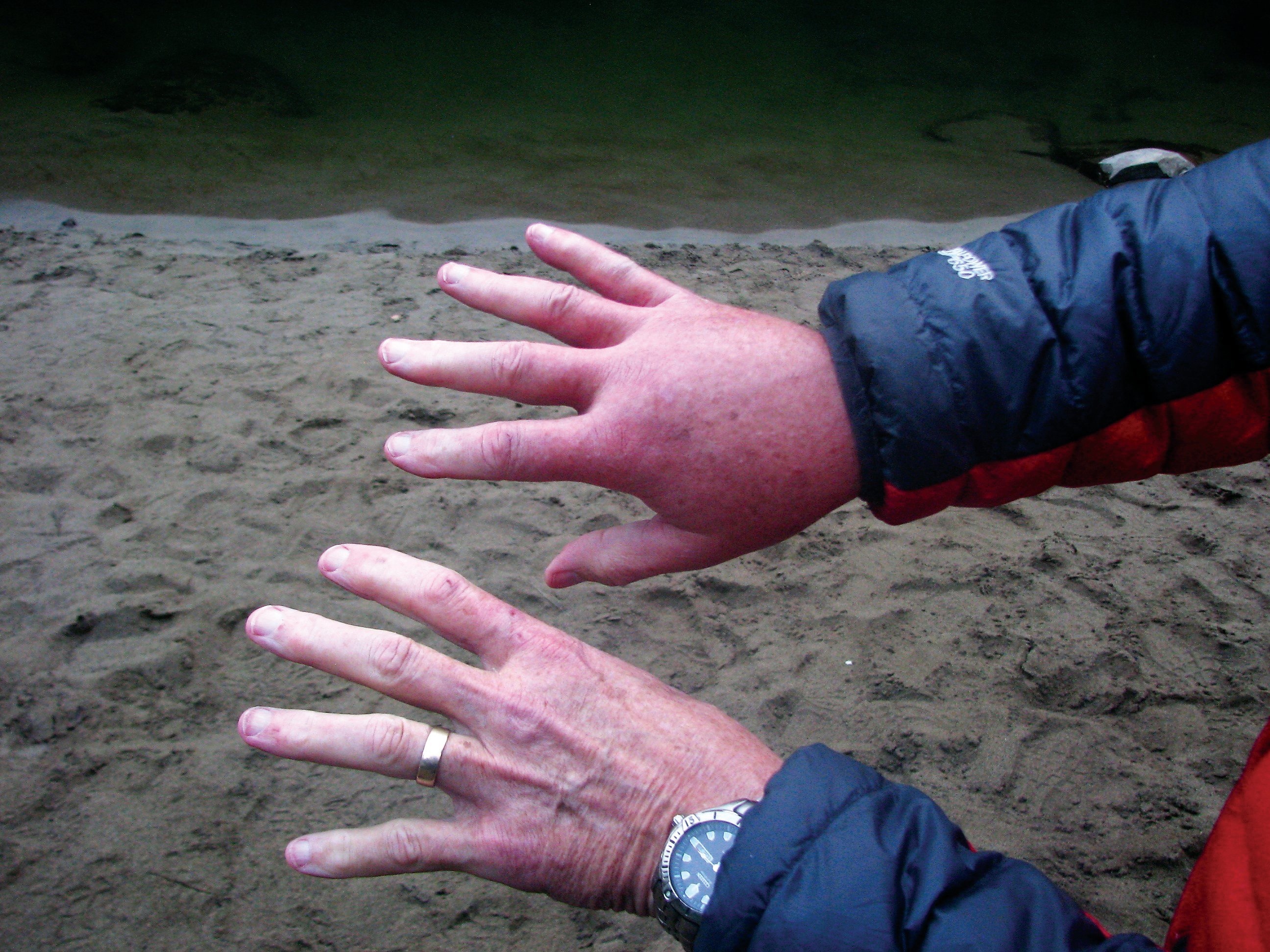
SELF SUPPORT SAFTEY
08/26/2021 - by Teresa Gryder
For part one of this series I wrote about paddling, rolling and portaging a loaded self-support kayak. Part two covered the basic gear you might use and why. In this part (three) we will consider some of the variables that contribute to safety and survival during a multi-day trip in a wilderness river environment.
The unexpected, the unfortunate, the unimaginable—it happens. We all know it and yet our powers of denial are impressive. We tell each other to “be safe” when we know our world is not safe, and our hobbies aren’t either. When things go wrong we tell one another, “It will be all right,” when really, we have no idea.
In the context of wilderness paddling, it’s valuable to acknowledge that Mother Nature is dynamic and often more powerful than we can comprehend. For us to survive on wild rivers we must be realistic about our situation and resources, and make reasonable decisions. There are no guarantees, but by being conscious and conservative we can adjust the odds in our favor. One of the most important purposes of this article is to emphasize that the risk calculation for a multi-day wilderness trip is different than for a roadside day trip.
For the most part whitewater accidents happen because of familiar hazards and mistakes. Some common denominators are cold water, fast-rising water, inadequate clothing, failing to wear pfds, continuous whitewater, and strainers in the river. These challenges injure and kill whitewater paddlers every year. If you are considering self-support kayaking, I hope that you are well versed in how to minimize the known risks.

Useful Links to Low-Head Dam Safety Issues
10/19/2020 - by Charlie Walbridge
A discussion of low head dam hydrology, and what features make a dam dangerous, and how to mitigate them.
https://www.youtube.com/watch?v=XsYgODmmiAM
A list of low-head dam related fatalities nationwide:
http://krcproject.groups.et.byu.net/browse.php
A list of dam-related fatalities in Iowa going back over 100 years. Iowa has done a remarkable job removing or modifying low head dams.
http://www.iowawhitewater.org/lhd/fatalities.html
The original video on dam safety: The Drowning Machine
https://www.youtube.com/watch?v=E3ZRL2d5FtU

Kayakers assist the WV-DNR on a Recovery
04/14/2020 - by Charlie Walbridge
On February 9th, 2020 kayaker Jamie Gray was killed on the Middle Fork of the Tygart river in West Virginia. The next day the state DNR closed the river while they searched a large undercut rock where she was last seen. When that effort was unsuccessful, DNR officer Chris Evans coordinated with local kayakers to do a thorough downstream search. They found her body on the Main Tygart a mile downstream, just above S-Turn Rapid. A full description of the search and the recovery can be found in the American Whitewater Accident Database: https://www.americanwhitewater.org/content/Accident/detail/accidentid/76310
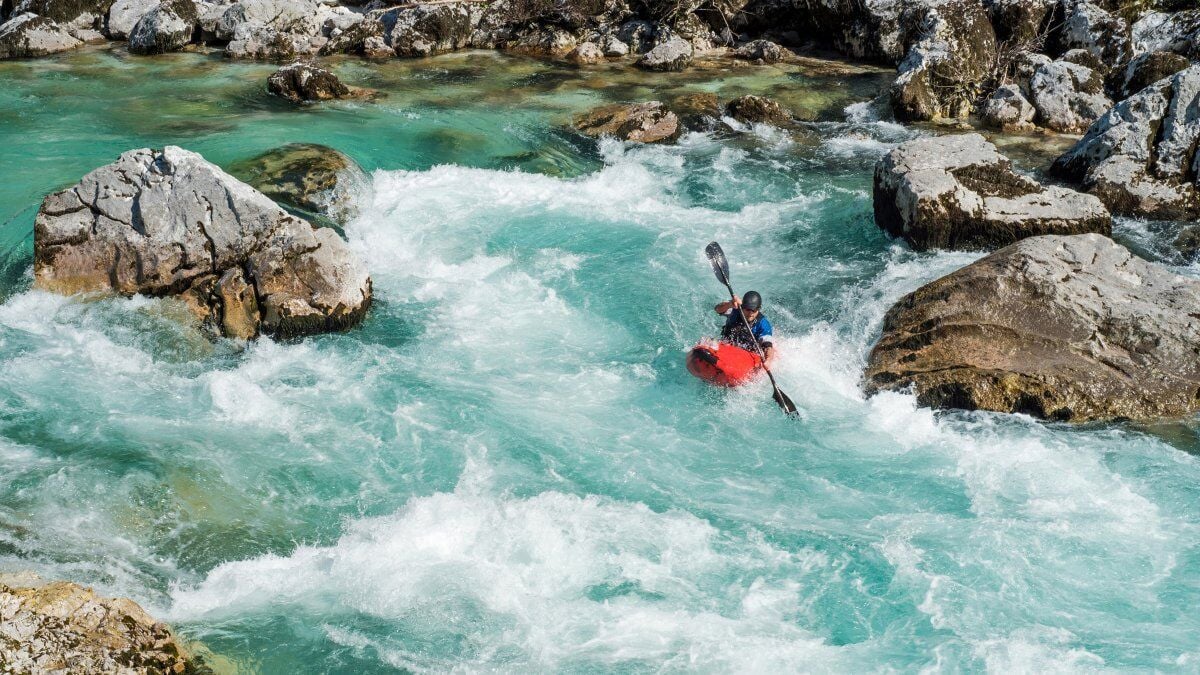
Good Article on Flush Drowning from Outside Magazine
04/14/2020 - by Charlie Walbridge
An interesting article in Outside Magazine, based on a research paper done with information stored in the American Whitewater Accident Database. Certainly cold water plays a big role in a flush drowning death, especially when the swimmer has inadequate thermal protection. In addition to cold water shock, a few drops of cold water down the throat can cause laringospasm, which narrows the trachea and can make breathing very difficult. But in my opinion, the relentless, fast moving character of Western rivers is the main reason that flush drownings are more common there. With the exception of the Cheoah and flood-stage runs, few Southeastern rivers can compare to an average Western Class IV. Here's the link: https://www.outsideonline.com/2411473/flush-drowning-whitewater-deaths-study?fbclid=IwAR2-blIEjgNu7tFBgXxT4ozlyfNw0Yc6yt41pao9daWRdmGvloxpqyb3ovQ
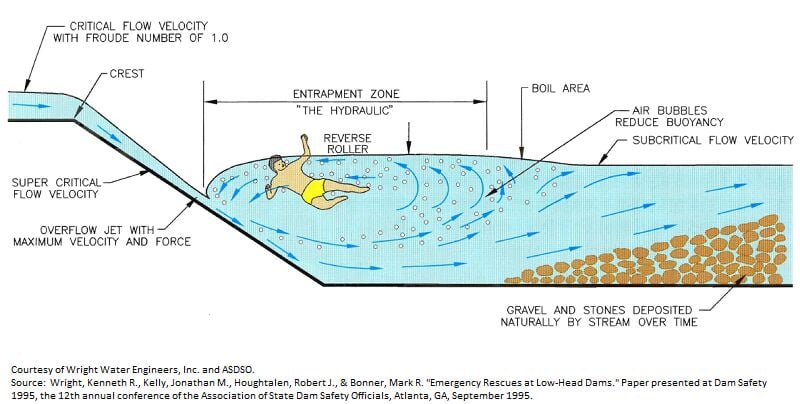
AW Partners with Dam Safety Researcher
06/12/2013 - by Charlie Walbridge
American Whitewater's Accident Database contains more than 1000 fatal accidents and near misses reported over the last 35 years. We sometimes give qualified water safety researchers access to this material. Our latest research partner is Ed Kern, a Masters Degree candidate in civil engineering at Brigham Young University in Utah. Click through for more information and a link to his web site.
Life and Death Beyond the Edge
01/09/2013 - by Adam Herzog
An article by Adam Herzog discusses risk taking, death, and other issues for Class V kayakers. First Published in Site Zed, a web site for thoughfrul essays about paddling sponsored by Immersion Research.
Link to Article about Liability & Rescue
04/02/2012 - by Charlie Walbridge
Dealing with Sudden Death
07/14/2009 - by Charlie Walbridge
Sudden death is a charged emotional event, often compounded by trauma among those who witness a drowning accident or try to rescue or resuscitate someone. Few people realize how little time you have for a successful drowning rescue. The sad facts are that unless a drowning person is pulled out within 6-10 minutes of going under, their chances are almost zero. Anger or displaced anger towards rescue and recovery efforts are not unusual. Excellent Resources for managing sudden death grief and trauma can be found on the Higgins & Langley website. These pamphlets, created by the Royal Hospital Foundation in Belfast, Northern Island, can be downloaded as needed

The GPS Project: Taking the “Search” out of “Search and Rescue”
09/01/2006 - by Eric Nies
Over the next decade, AW hopes to serve as the collecting point for GPS data on whitewater rivers for the purpose of aiding rescue professionals. We hope to create a set of GPS data for river runs listed on AW’s website, starting with the coordinates of the put-in, continuing with info on the major rapids and landmarks, and finishing with the numbers for the take-out.
American Whitewater's National Accident Study
02/06/2006 - by Jennifer Plyler
Jennifer Plyler's National Accident Study was an effort to take a close look at fatal accidents in the paddlesport community using both U.S. Coast Guard and American Whitewater data. It is the most detailed look at accidents involving canoes, kayaks, and inflatables throughout the country.
Whitewater is Safer Than You Think
02/05/2006 - by Laura Whitman
Laura Whitman's article compares the accident rate among kayakers with other common sports and activities.

Paying for Rescue (SAR) Costs
10/08/2003 - by Jason Robertson
Boaters want to be responsible, largely self-reliant visitors to America's public lands. Our community does not desire to create a financial burden on the system as a whole. The issue of how government agencies pay for and execute search and rescue services is a thorny one that cannot be addressed with simplistic responses. In the attached analysis, American Whitewater describes why we believe there are significant legal and discrimination issues preventing the charging of boaters for rescue services, or requirement of medical and/or rescue insurance before being granted a boating permit.
Behold a Pale Horse, An Analysis: Safety concerns can result in lost access
07/09/2002 - by Jason Robertson
Well-intentioned, albeit misplaced, management decisions to restrict access are often made in order to protect you. These decisions affect the FERC relicensing process, recreational whitewater releases from dams, result in a proliferation of permits, and have led to a loss of access on many rivers. This article relates examples through which access has been limited by river managers' fears for your safety.
Flatwater Study Finds Alcohol Boosts Drowning Risk
12/19/2001 - by Jason Robertson
CHAPEL HILL - Recreational boat passengers are just as likely as operators to die as a result of drinking alcohol, according to a new study of boating deaths in North Carolina and Maryland. One reason the study revealed was that passengers who have been drinking often topple overboard and drown.
